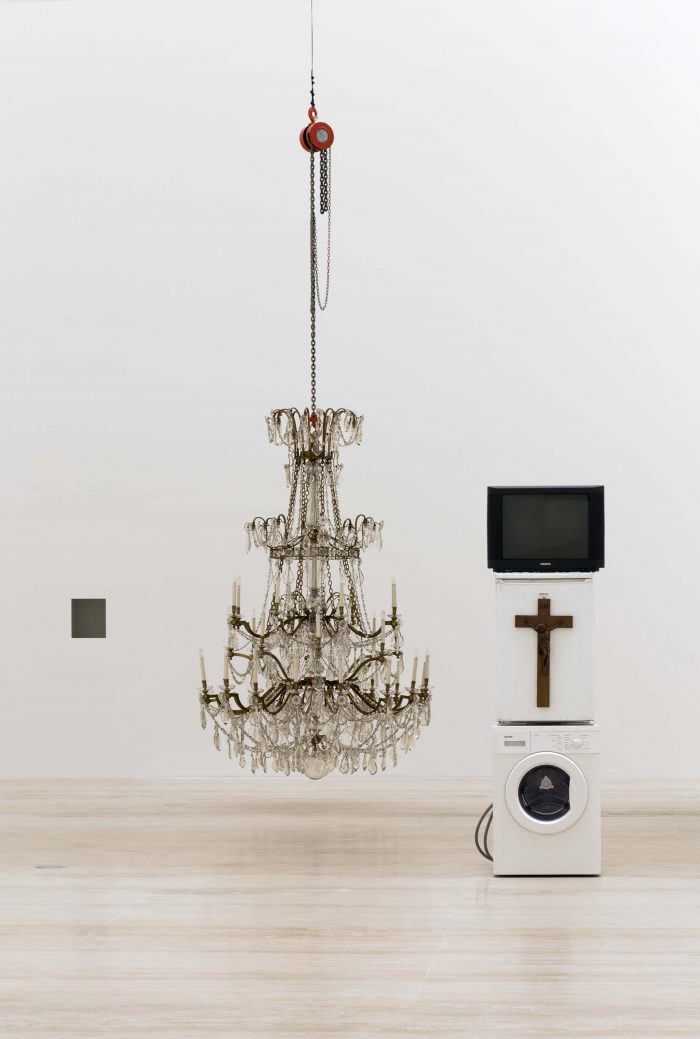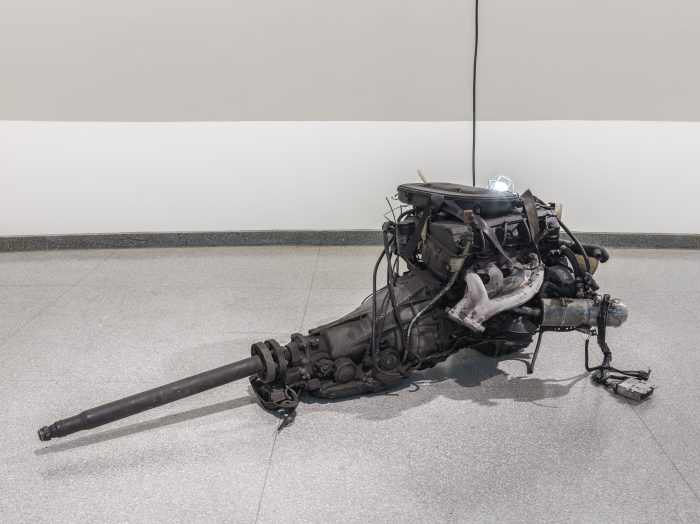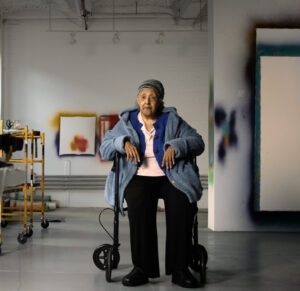

“When you are a young artist, you have the possibility to be more hermetic, which I find to be a quality. But there’s a certain time where you have to reclaim meaning. Because, when your work becomes public, there is a tendency that everybody can do or think whatever they want about your work. And I don’t think that’s true.”
During the exhibition, Vō will give an artist talk and engage in a series of conversations with interlocutors who have personal relationships to the stories playing out in his reclaimed objects. For the first time in his career, the inscrutable Vō is leaving clues.
“That’s life in general,” Vō says, pointing to the maquettes like a general overlooking a battlefield. “You change. And I had a feeling that I had to reconquer some of the meaning.”
Vō’s practice is like that of the hunter-gatherer. He scours cities, factory workshops, auctions, family cabinets to find objects suffused with complex histories of colonialism, personal ambitions and violence. Having lived for periods in Vietnam, Denmark, Germany, Thailand, France and now Mexico City, Vō has an eye for objects charged by their status as historical bystanders. In 2011, Vō acquired the three chandeliers that glittered above the 1973 signing of the Vietnam Peace Accords in the ballroom of the Hotel Majestic in Paris. And in 2013, he convinced his gallerist Marian Goodman to fork over $146,000 for two leather and mahogany chairs used by former defense secretary and Vietnam war strategist Robert S. McNamara.

Stripping the chairs of the upholstery, Vō presented the bare wooden frames that had once held the weight of so many politicians and generals as they heaped devastation onto the world.
Vō relates a story of his father, an ardent anti-communist, who was forced to flee his country when the U.S. signed the Peace Accords and abandoned the South Vietnamese cause. “When I was deinstalling the chandeliers at the Hotel Majestic, I took my father there. I wanted him to see this historical space that had affected him so much. On the way in the taxi, he kept complaining that we were going to the room of betrayal, to the room of death. But when he entered, and all the chandeliers were lit, the only thing he could say was, ‘Danh, I think the Queen of Denmark must have one of these in her palace.’ I think that’s when objects are beautiful. Because of course all he saw the design of the object. When you enter a ballroom, you leave everything behind. You leave your sorrows behind.”
Soon Vō will take over another historical space, as he makes subtle interventions to Frank Lloyd Wright’s Guggenheim architecture. The rotunda’s ceiling will be altered to let in natural light; original features of the building, like a series of planters, will be excavated. Asked if there’s a specific intention behind these architectural interventions, or if they are yet another elliptical Delphic statement, Vō laughs softly.
“I learned very early on that you can’t control the viewer. We all read through the information we carry. Objects have all these possibilities of meanings and readings and they all exist simultaneously. And it’s in these contradictions that objects turn out to be beautiful.”










 in your life?
in your life?

